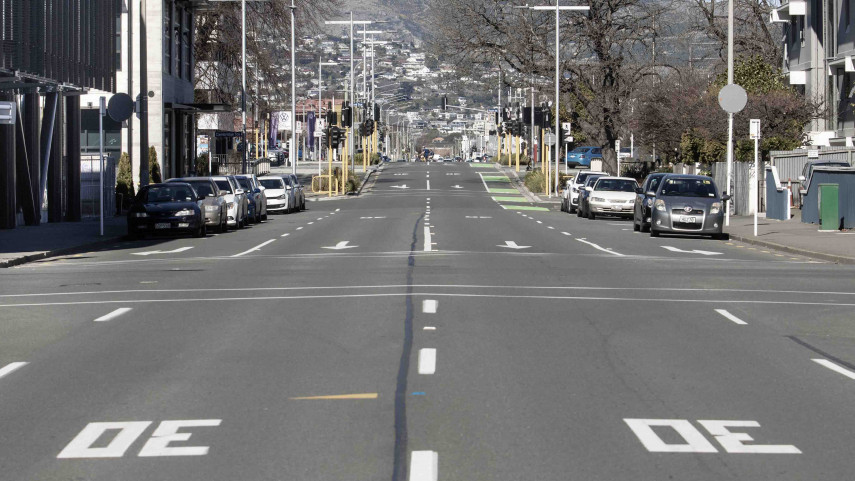
Lockdown leads to less traffic, better air quality

Share this story
If you think the air smells better in lockdown, you are right.
Data from the first week of lockdown shows that air pollution in Christchurch fell sharply as people’s car use dropped.
Nitric oxide levels, which are mainly associated with vehicle emissions, averaged just 9 µg/m3 - µg/m3 is micrograms of gaseous pollutant per cubic meter of ambient air - in the first week of lockdown.
Did you know?
You can access a range of real-time information about Christchurch through Smart View.
SmartView pulls together real-time data from a range of public and private organisations, making information easy for locals and visitors to access.
SmartView does not replace dedicated apps or sites like Google Maps, Transport for Christchurch, or Metroinfo. Instead, it combines scattered data into one simple site. Because it is a website, not an app, you can use it in any browser, on any device.
This compares to an average concentration of 38.8 µg/m3 in the week prior to lockdown.
“The improvement in air quality appears to have a direct correlation with the reduction in the number of vehicles on our roads,’’ says Smart Christchurch Manager Michael Healy.
“Data from a number of major routes across the city show that during the first week of lockdown traffic volumes were between 24 and 28 per cent of normal.’’
Under Alert Level 4 people are only supposed to use their cars for essential travel.
With all but essential workers confined to their home bubbles, there has also been a drop in the number of people using the cycleways that are normally popular with commuters.
For example, on the St Asaph Street cycleway an average of 170 people a day used the cycleway over the first week of lockdown. That compares with an average of 468 riders a day prior to lockdown.
However, the cycleways that give people easy, safe access to parks, beaches and other recreational areas have experienced a steady increase in traffic volumes.
“On the Sumner section of the Coastal Pathway we were getting an average of 777 riders a day over the first week of lockdown, which is a 22 per cent increase on pre lockdown volumes. That’s not surprising given the warm weather and the popularity of cycling as a pastime during lockdowns,’’ says Mr Healy.
Pedestrian counts in the central city also show the impacts of the lockdown.
The week prior to lockdown, a total of 265,351 pedestrian movements were detected across the Central City monitoring sites. During the first week of lockdown this dropped to 63,398 - a decrease of around 75 per cent.
At the two Cashel Mall counting sites, the total people counted decreased by 45 per cent, from 51,000 the week prior to lockdown to 28,277 during the first week of lockdown.
